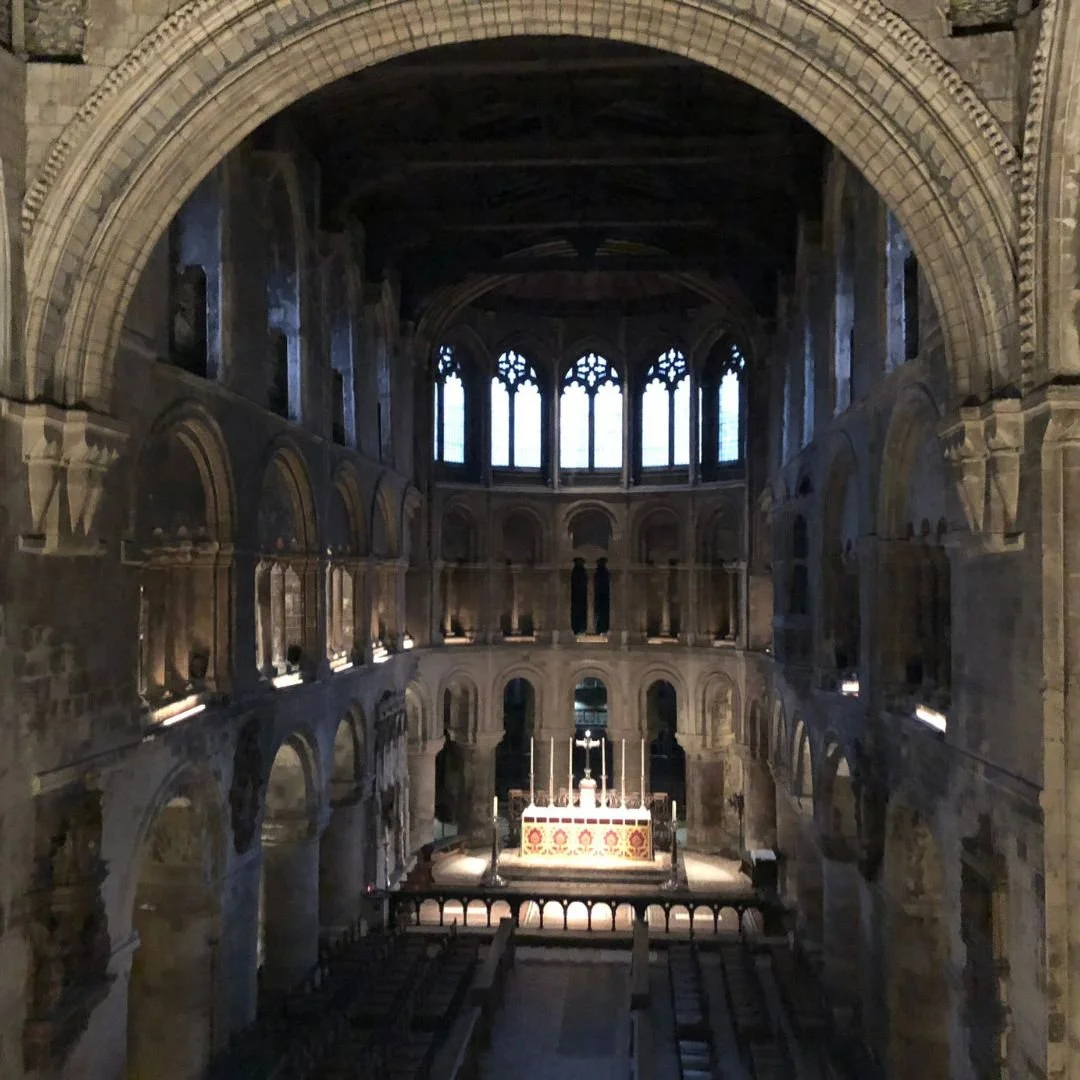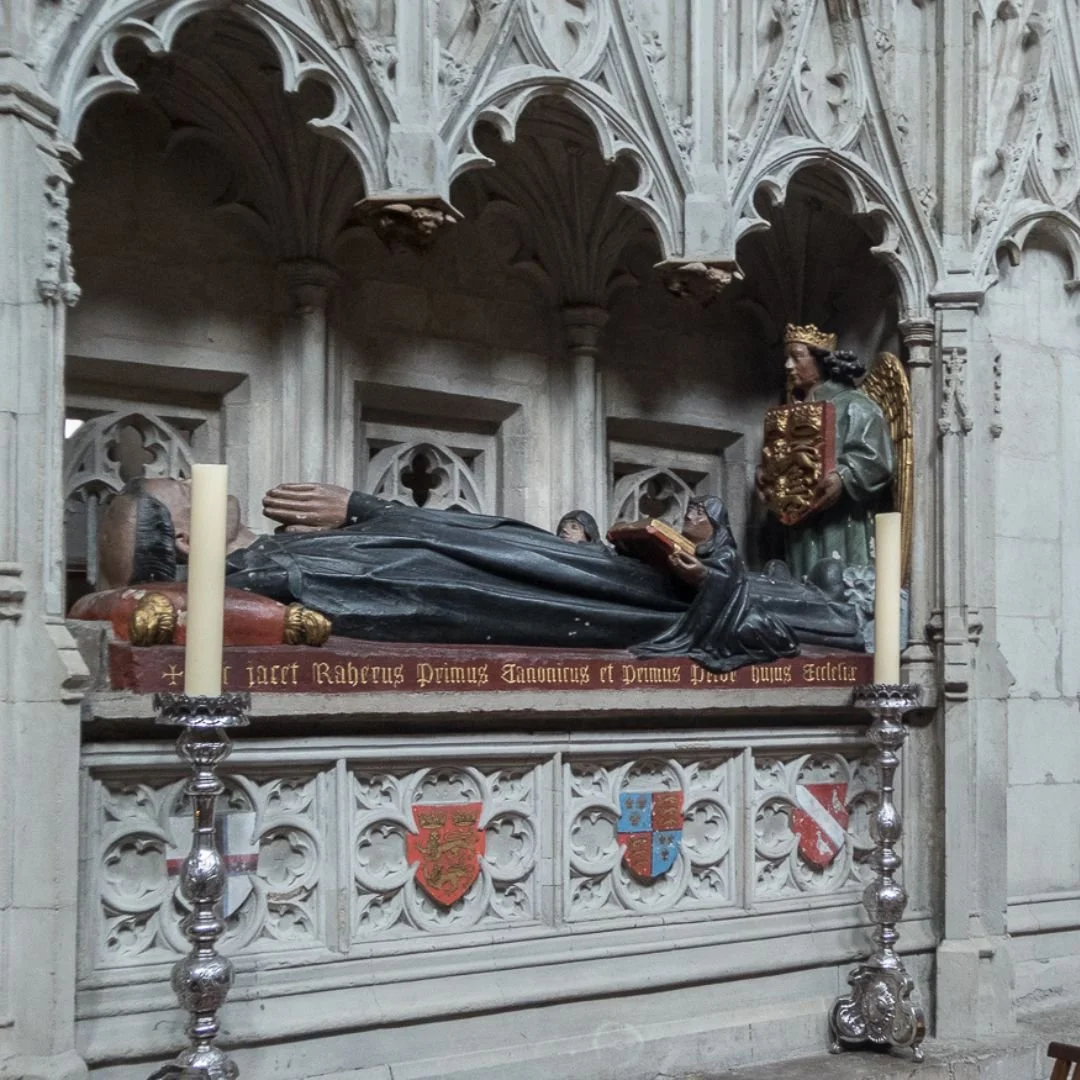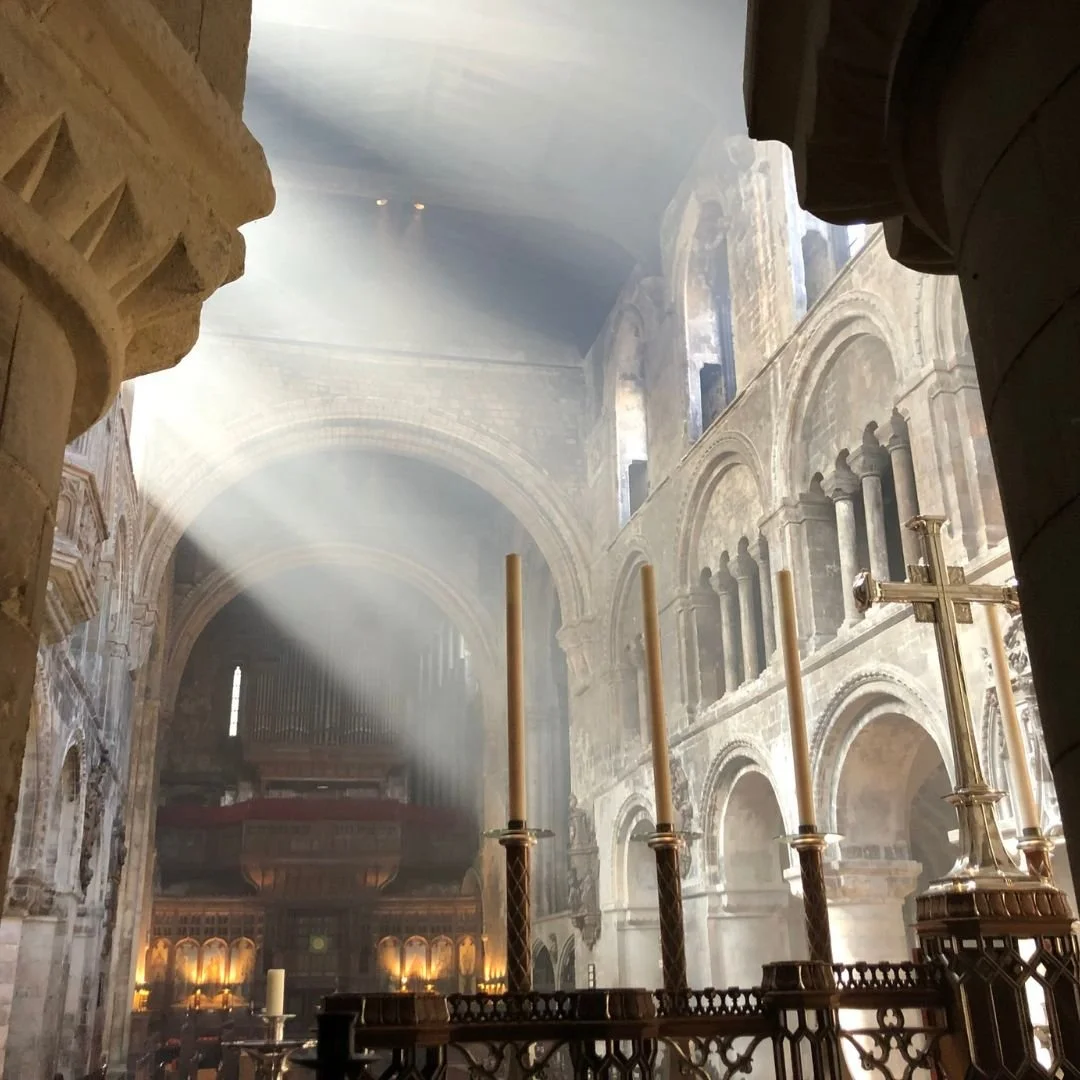St. Bartholomew Gatehouse: Oldest Surviving Timber-Framed Facade in London
St. Bartholomew Gatehouse is the oldest surviving timber-framed facade in London.
The impressive gatehouse leads to St, Bartholomew the Great, a church that was founded in 1123.
With more than 900 years of history, St Bartholomew the Great is one of the oldest churches in London.
The interior is absurdly beautiful, with the flowing symmetry of the Norman east end offering one of the most attractive historic sights in the city.
Thankfully, the church is open regularly to visitors; an example for some other churches in the city!
The church was founded in the 12th century as an Augustinian priory by a courtier of King Henry I named Rahere.
Rahere was moved by the death of Queen Matilda and the drowning of Prince William, Henry's heir, and his siblings, to take up holy orders.
Rahere made a pilgrimage to Rome, where he fell ill.
In desperation, he vowed that if he recovered, he would return to London and establish a hospital for the poor.
He did recover, and as he began his journey home to England he saw a vision of St Bartholomew appear before him, and the saint told him he would guide Rahere to a spot in Smithfield, where he should found a church in the saint's name.
Rahere travelled back to London and there founded a church at Smithfield, outside the old city walls, with a priory of Augustinian canons, and a hospital for the poor.
The complex of priory, church, and hospital was complete before Rahere's death, and he served as the first master of the hospital and prior of the Priory.
His colourful tomb lies inside the church he founded.
The Norman chancel and apse survive from Rahere's church, a remarkable reminder of the medieval period, incorporating some of the best Norman architecture in Greater London.
The chancel arcade rises to a triforium and clerestory, creating a beautiful, flowing example of the Romanesque style beloved by the Normans.
While Henry VIII's Dissolution of the Monasteries swept away the priory and hospital founded by Rahere, the church was saved from destruction when it was converted for use as a parish church to serve the local community of Smithfield.
Construction initially began in a Romanesque style of architecture, brought over by the Normans, characterised by rounded arches and big chunky columns.
However during the build, the Gothic style was becoming the go-to design.
They were a relatively poor parish so could not afford to just start again and so the rest of the church (the southern end) was finished in the Gothic style.
The iconic gatehouse is said to be built on top of an original 13th century entrance to the nave and consists of two main floors and a smaller attic on top.
The beautiful timber-framed building is one of the rare ones within the city that survived the Great Fire of London in 1666.
Eventually, a Georgian facade was built over the building and it operated for a number of years as a shop.
But, as a result of the damage from a bomb during a German Zeppelin raid in World War I, the original Tudor building was rediscovered.
It has since been restored and is now a fascinating fixture in the Smithfield area of London.
The church was designated a Grade I listed building in 1950.
It has incredible reviews on TripAdvisor, a recent visitor said: “The Church of St. Bartholomew the Great is tucked away in the city of London but well worth hunting down.
The church is stunning, really grand architecture but it is not a big church so it is quite intimate.”
Another person said: “I have seen this stunning historical church many times but this was my first venture inside. It certainly did not disappoint!
”What a beautiful, atmospheric building. I would highly recommend a visit.”
If you’d like to visit, the address is: West Smithfield, London, Greater London, England, EC1A 9DS.
If you enjoyed this blog post, please follow Exploring GB on Facebook for daily travel content and inspiration.
Don’t forget to check out our latest blog posts below.
Thank you for visiting Exploring GB.






